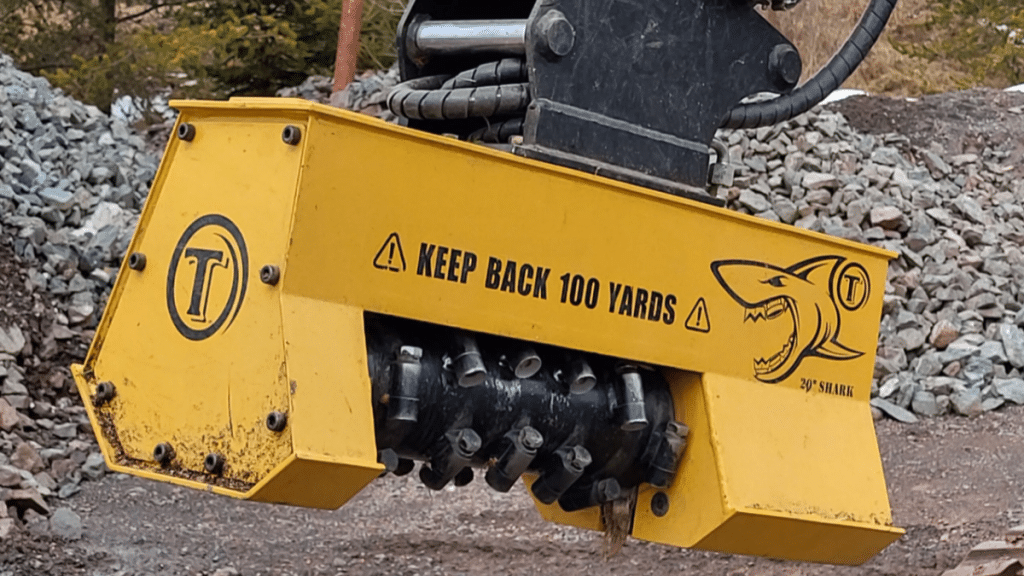Excavators are much superior to other power units in the context of vegetation control. They have smooth, accurate hydraulic controls and excellent sight. Even better, you can attach a mulching head to suit the task’s requirements. The arm’s ability to reach sloughs, steep ditches, and other places that skid steers and other mulching equipment cannot reach makes them even more significant.
While choosing the appropriate mulching head for a given vegetation management task may seem simple, it’s not always that simple. Below are the top considerations for selecting the ideal mulching head for excavator machines.
Weight
Mulching heads are typically classified based on the various weight classes of excavators. For example, excavators weighing between 10,000 and 20,000 pounds might be the target market for a particular series of mulching heads. In contrast, excavators weighing between 18,000 and 36,000 pounds would be the target market for another. Mulching heads keep getting bigger to fit the biggest excavators available. Therefore, consider the weight of your excavator when choosing a mulching head.
Belt driven VS direct-driven mulching heads
When comparing different brands, it’s possible to distinguish between mulching heads that are belt-driven and direct-driven. Direct drives are a straightforward method of supplying power to the rotor. Still, some operators feel the motor housing protrudes out the back and can interfere with their ability to operate when working against a post or other obstruction.
Belt drives remove this obstacle, which enables the device to operate considerably closer to objects. In addition, belt drives are a tried-and-true design that shields the motor from shock loads and gives the rotor dependable power.
Hydraulic output
The correct configuration of the mulching head for the power unit’s hydraulic output is necessary. While some mulcher manufacturers have varied belt drive designs, others offer multiple hydraulic motor options to accommodate differing flow ratings. Some models could feature an adjustable piston motor that matches the power unit’s hydraulic output to enhance the mulching head’s functionality further.
Limiting rotors
Nowadays, many mulching heads have some limiter to stop the attachment from biting into the material too hard, which can slow down the rotor and reduce its efficiency. The purpose of these limiters is to enable the drum to contain the ideal amount of material to maximize output rates. Since most mini excavators lack the hydraulic horsepower of many skid steers, this function maximizes efficiency with excavator heads.
Depth gauges and ring-style limiting rotors are the two primary varieties on the market. Most people agree that rotors in the ring style have the best limitations. This is particularly noticeable when utilizing carbide-cutting teeth, as they are not very good at picking up material from the ground for processing.
Conversely, depth gauges work similarly to chain saw raker teeth. Even with less aggressive teeth, many operators feel that depth gauges aren’t quite as restrictive as rings, enabling them to operate more quickly and efficiently gather material from the ground.
Cutting teeth
Common choices from Torrent Mulchers include carbide teeth, beaver teeth, and sharpened knives. Knives on excavator mulching heads are common since they can cut faster and finer than other designs. However, regular sharpening is necessary for knives, which may put some people off.
Beaver teeth are constructed of heat-treated steel, just like knives, although they don’t cut as well. Their unique pointed shape helps them pick up things from the ground. Carbide teeth offer a reliable and low-maintenance alternative for novice operators. They are frequently used in rough environments since blades are less likely to be damaged.
Wrapping up
Other than these factors, heavy-duty construction, a solid warranty plan, and dependable dealer support are essential to guarantee success on the job.
